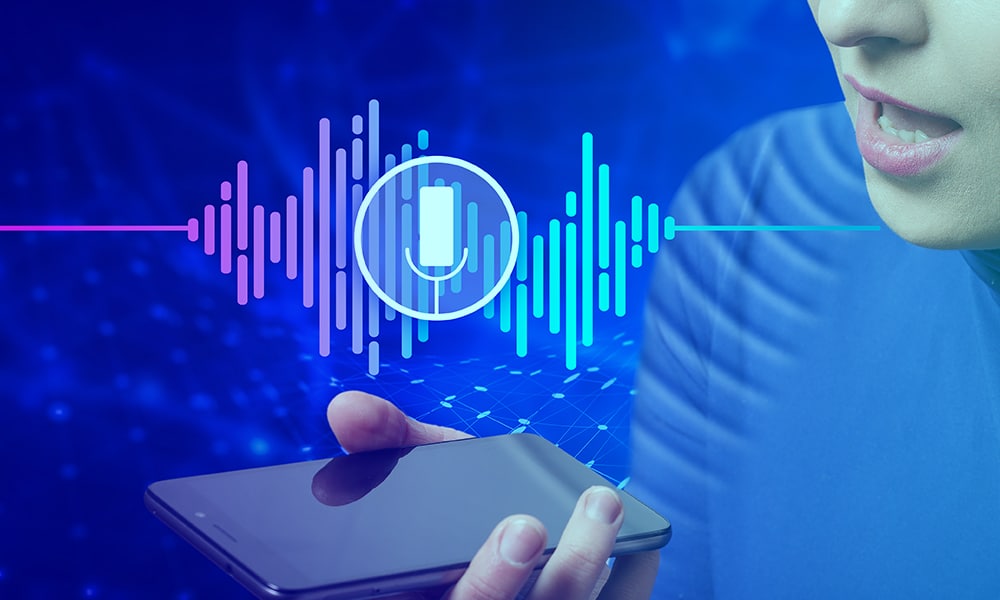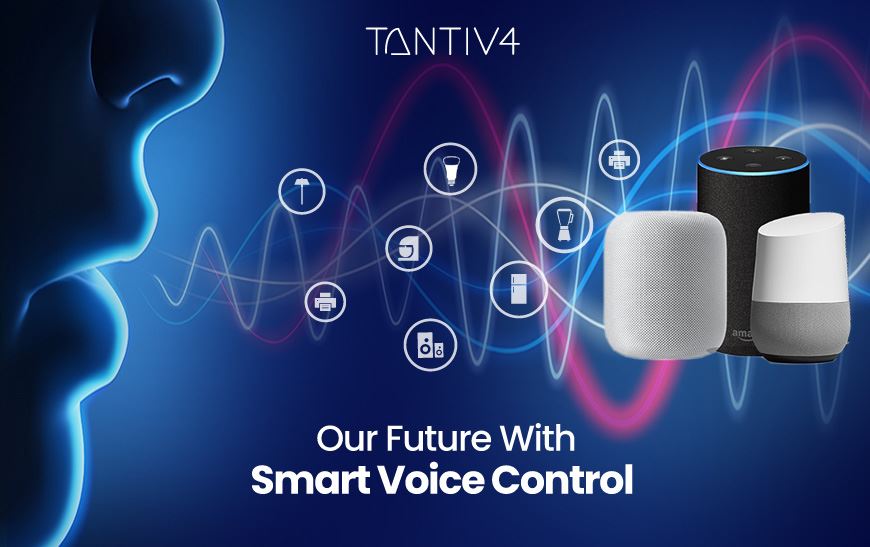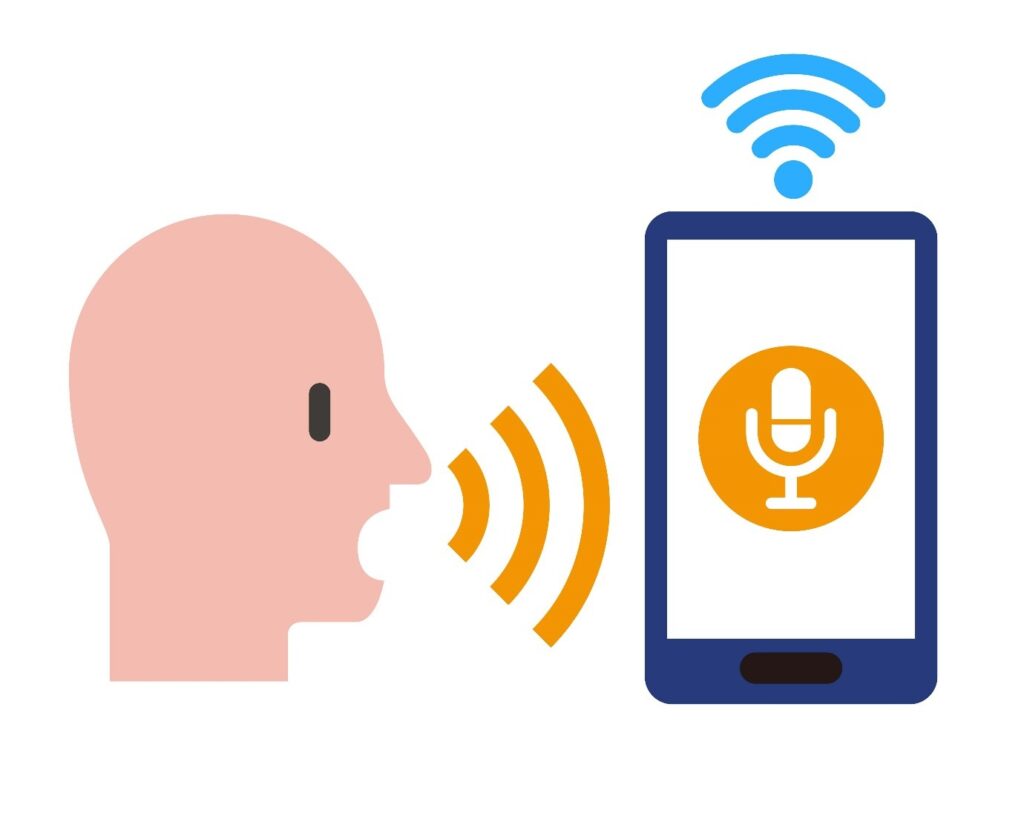Voice-activated technology allows users to control devices through voice commands. It enhances convenience and accessibility in daily tasks.
Voice-activated technology has rapidly become an integral part of modern life. Devices like smartphones, smart speakers, and home automation systems utilize this technology. Users can perform tasks hands-free, making it easier to multitask. Voice-activated assistants like Siri, Alexa, and Google Assistant have revolutionized how we interact with technology.
They offer features such as setting reminders, playing music, and answering questions. This technology is also beneficial for individuals with disabilities, providing an inclusive experience. Voice recognition continues to improve, making it more reliable and efficient. As it evolves, voice-activated technology will likely become even more embedded in our daily routines.

Credit: www.shaip.com
Introduction To Voice-activated Technology
Voice-activated technology is transforming our daily lives. We can now use our voices to control devices, search the web, and more. This technology is becoming more popular each day.
What Is Voice-activated Technology?
Voice-activated technology allows devices to understand and respond to spoken commands. It uses speech recognition to convert spoken words into text. Then, it processes the text to perform actions.
Many devices use voice-activated technology. These include smartphones, smart speakers, and even cars. Popular examples are Apple’s Siri, Amazon’s Alexa, and Google Assistant.
Brief History
Voice-activated technology has a fascinating history. It began in the 1950s with Bell Labs’ Audrey system. Audrey could recognize numbers spoken by a single voice.
In the 1970s, IBM developed Shoebox, which could understand 16 words. The 1980s saw the rise of Hidden Markov Models (HMMs), which improved speech recognition accuracy.
In the 1990s, Dragon NaturallySpeaking allowed users to dictate text at normal speed. The 2000s introduced smartphones with voice assistants. Apple’s Siri launched in 2011, followed by Google Assistant and Amazon Alexa.
Key Milestones
| Year | Milestone |
|---|---|
| 1952 | Bell Labs’ Audrey System |
| 1970 | IBM’s Shoebox |
| 1980s | Introduction of HMMs |
| 1990s | Dragon NaturallySpeaking |
| 2011 | Launch of Apple’s Siri |

Credit: www.tantiv4.com
How It Works
Voice-activated technology is transforming our daily interactions with devices. Understanding how it works can help us appreciate its convenience and efficiency.
Basic Mechanisms
Voice-activated technology operates through a series of steps:
- Voice Capture: The device captures your voice using a microphone.
- Signal Processing: The captured voice is converted into a digital signal.
- Speech Recognition: The digital signal is analyzed to identify words.
- Command Execution: The identified words are processed as commands.
- Response Delivery: The device performs the requested action or provides feedback.
Key Components
Several key components ensure the smooth functioning of voice-activated technology:
| Component | Function |
|---|---|
| Microphone | Captures the user’s voice. |
| Signal Processor | Converts voice into a digital signal. |
| Speech Recognition Software | Analyzes and identifies spoken words. |
| Natural Language Processing (NLP) | Interprets the meaning of words and phrases. |
| Response System | Executes commands or provides feedback. |
These components work together to deliver a seamless voice-activated experience.
Applications In Daily Life
Voice-activated technology is changing our daily routines. It makes tasks easier and faster. Below, we explore its applications in smart homes and personal assistants.
Smart Homes
Smart homes use voice commands to control devices. You can turn on lights, adjust the thermostat, and lock doors. Just speak, and your home listens. It’s convenient and saves time.
| Device | Function |
|---|---|
| Smart Lights | Turn on/off, change colors |
| Thermostat | Adjust temperature |
| Smart Locks | Lock/unlock doors |
Personal Assistants
Personal assistants like Alexa and Siri are very helpful. They can set reminders, play music, and answer questions. Just ask them. They are like having a helpful friend at home.
- Set alarms and reminders
- Play your favorite songs
- Get weather updates
Voice-activated technology is making life easier. It helps in many daily tasks. From managing your home to keeping you organized, voice commands are here to stay.
Voice Technology In Healthcare
Voice-activated technology is transforming healthcare. It offers innovative solutions for patient care and administrative tasks. This technology improves efficiency and enhances patient experiences.
Patient Monitoring
Voice technology plays a significant role in patient monitoring. Devices can track vital signs using voice commands. This enables continuous observation without manual intervention.
Patients can report symptoms via voice. This data is then analyzed for patterns. Timely interventions are possible as a result.
Key benefits include:
- Real-time monitoring
- Early detection of issues
- Reduced hospital visits
Administrative Tasks
Voice technology streamlines administrative tasks. Staff can schedule appointments using voice commands. This reduces manual entry errors.
Doctors can dictate notes directly into the system. This saves time and ensures accurate record-keeping.
Other key uses include:
- Prescription management
- Billing and coding
- Inventory control
These applications improve workflow efficiency. They allow healthcare professionals to focus more on patient care.
| Feature | Benefits |
|---|---|
| Voice-activated monitoring | Real-time data, reduced errors |
| Voice-assisted documentation | Time-saving, accurate records |
Impact On Education
Voice-activated technology has changed how we learn. It brings new tools to classrooms. Teachers and students both benefit from these changes.
Interactive Learning
Voice-activated tools make lessons more fun. Students can ask questions and get answers fast. This helps them understand topics better.
Teachers use voice commands to control smart boards. This makes lessons flow smoothly. No need to stop and type. Voice commands also help with classroom management.
- Students stay engaged
- Learning becomes more dynamic
- Teachers can focus more on teaching
Accessibility
Voice-activated technology helps students with disabilities. Voice commands can be used instead of keyboards.
Blind students can listen to text read aloud. This makes learning easier for everyone.
| Feature | Benefit |
|---|---|
| Text-to-Speech | Helps blind students |
| Speech-to-Text | Helps students with mobility issues |
All students can use voice-activated tools. This creates an inclusive learning environment. Everyone gets the help they need.
Voice Tech In Business
Voice-activated technology is revolutionizing the way businesses operate. From enhancing customer interactions to streamlining internal workflows, the impact is significant. Let’s explore how voice tech is transforming various aspects of business operations.
Customer Service
Voice tech improves customer service by making interactions quicker and more efficient. Virtual assistants can handle basic inquiries, freeing up human agents for complex issues. This speeds up response times and improves customer satisfaction.
- 24/7 availability
- Faster response times
- Personalized interactions
Imagine a customer calling a support line and instantly receiving the information they need. No waiting. No frustration. Voice-activated systems can also understand natural language, making interactions more human-like.
Workflow Automation
Voice tech can automate repetitive tasks, saving time and reducing errors. For example, employees can use voice commands to schedule meetings, send emails, or generate reports. This increases productivity and allows teams to focus on more strategic tasks.
| Task | Voice Command |
|---|---|
| Schedule Meeting | “Schedule a meeting with John at 3 PM.” |
| Send Email | “Send an email to HR with the subject ‘Leave Request’. |
| Generate Report | “Generate a sales report for last month.” |
Voice tech can also integrate with other business software, creating a seamless workflow. Employees can complete tasks faster and with fewer mistakes.
Challenges And Limitations
Voice-activated technology is transforming our daily lives. Yet, it faces several challenges and limitations that need addressing. This section will explore two major hurdles: privacy concerns and technical barriers.
Privacy Concerns
Privacy remains a significant issue with voice-activated technology. These devices often listen continuously to capture voice commands. This constant listening can lead to unintended data collection.
- Sensitive information might be recorded inadvertently.
- Hackers could exploit these recordings.
- Companies may misuse collected data for marketing.
Another concern is the storage of voice data. Companies store these recordings to improve their services. This raises questions about data security. Unauthorized access to these recordings is a real threat.
Technical Barriers
Technical barriers also hinder the advancement of voice-activated technology. These devices often struggle with accent recognition.
| Barrier | Impact |
|---|---|
| Accent Recognition | Misunderstanding commands |
| Background Noise | Interference with command recognition |
| Language Support | Limited to major languages |
Background noise is another technical challenge. It interferes with the device’s ability to correctly interpret commands. Current technology often fails in noisy environments.
Language support is also limited. Most devices only support major languages. This restricts accessibility for non-English speakers.
Future Trends
Voice-activated technology is rapidly evolving. The future trends in this field promise exciting advancements. These trends will make our daily lives more efficient and enjoyable.
Ai Integration
Artificial Intelligence (AI) is becoming smarter. AI integration with voice-activated technology is a game-changer. It will allow devices to understand context better. This means more accurate responses and actions.
Here are some key points:
- Personalization: Devices will offer personalized experiences based on user habits.
- Context Awareness: AI will understand the context of commands better.
- Learning Capabilities: Devices will learn and adapt to users over time.
Global Adoption
Voice-activated technology is expanding globally. More countries are adopting this technology. This trend is making the world more connected.
Consider these factors:
| Region | Adoption Rate | Key Features |
|---|---|---|
| North America | High | Smart Homes, Voice Assistants |
| Europe | Moderate | Multilingual Support, Home Automation |
| Asia | Rising | Voice Commerce, Smart Cities |
Global adoption is making voice-activated technology more universal. This trend will continue to grow.

Credit: www.rootstrap.com
Frequently Asked Questions
What Is A Voice-activated Technology?
Voice-activated technology allows users to control devices using voice commands. It enhances convenience and accessibility in daily tasks.
What Is An Example Of Voice-activated Software?
An example of voice-activated software is Apple’s Siri. It allows users to perform tasks using voice commands.
What Are The Disadvantages Of Voice-activated Devices?
Voice-activated devices can have privacy concerns. They may misinterpret commands. Limited compatibility with other devices can be frustrating. Background noise can affect performance. Some users find them unreliable.
What Is A Voice-activated Device Called?
A voice-activated device is called a smart speaker or voice assistant. Popular examples include Amazon Echo, Google Home, and Apple HomePod.
Conclusion
Voice-activated technology is revolutionizing our daily lives. It offers convenience, efficiency, and accessibility. Embrace this innovative tool to simplify tasks and enhance productivity. Stay updated with advancements to fully leverage its potential. The future of voice technology promises even greater integration and functionality.
Enjoy the seamless interaction it brings to your digital experience.

